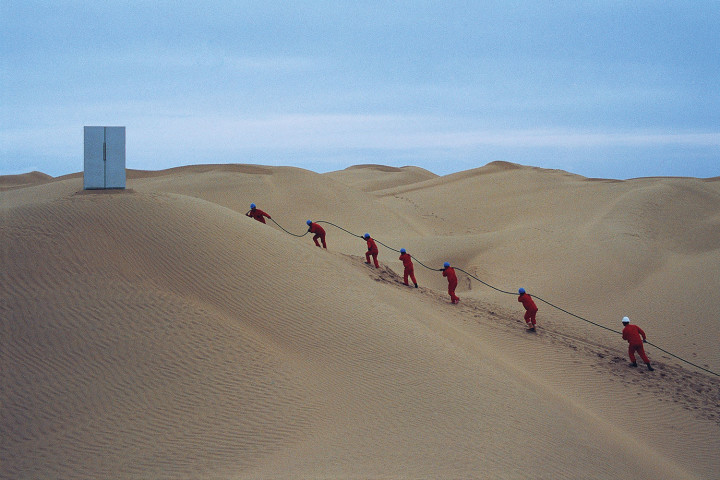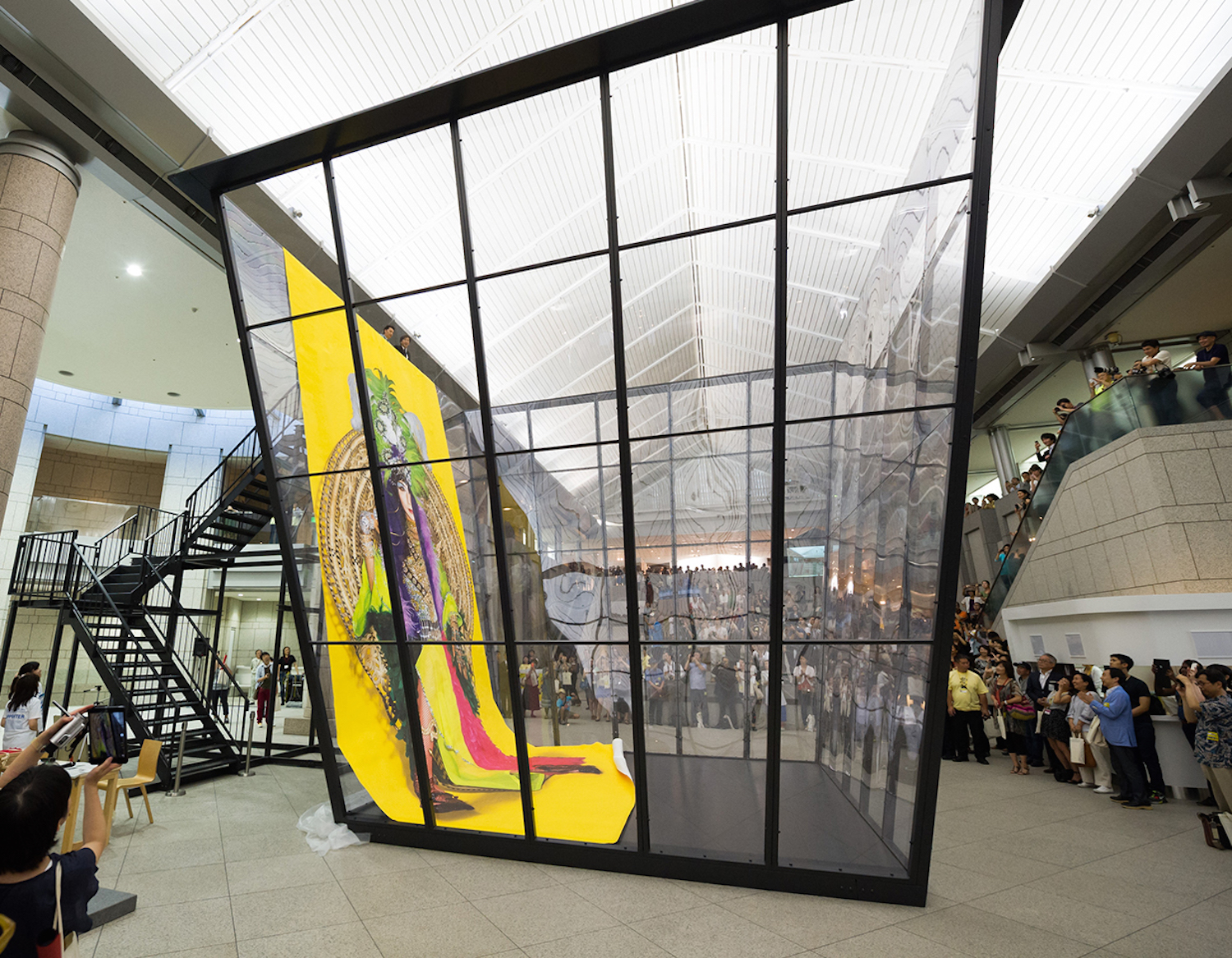The statements of the three artistic directors of the “Yokohama Triennale 2017: Islands, Constellations & Galapagos,” which opens to the public on August 4, tell almost nothing about what these islands off South America have to do with an exhibition on an island located on the opposite side of the Pacific Ocean.
However, they do allude to the “Galapagos syndrome,” a term in Japanese technological parlance that indicates a twenty-first-century phenomenon of technologies evolving only to cater to peculiar domestic needs and becoming useless on foreign markets. The term usually has a negative or ironic connotation: a manifestation of mixed feelings about being isolated from globalization and — as a reaction — a sense of heightened self-regard amid a chauvinistic atmosphere in Japan in recent years.
The number of artists participating in the Triennial keeps dwindling. Nearly eighty in the 2011 edition, sixty-five in 2014 and forty in the upcoming sixth edition. While highlighting international names such as Ai Weiwei, Zhao Zhao, Maurizio Cattelan and Olafur Eliasson, the exhibition also features Japanese participants for whom the term “Galapagos” befits, who are known within local art circles but scarcely exposed to the global art scene, including: Satoru Aoyama, Sachiko Kazama, Susumu Kinoshita and Tsuyoshi Ozawa. Each has a unique style characterized by painstaking handiwork and an introverted, if not obsessive, vision of the realities surrounding them.
Possibly to broaden the perspective of the scaled-down exhibition, “Yokohama Round,” a series of public symposia, will take place during the period, inviting as panelists an anatomist and a cultural anthropologist, among other intellectuals and exhibiting artists.
The “islands” and “constellations” in the title may refer to the exhibition’s layout, as Akiko Miki, one of the three artistic directors, suggests in her statement: “An aggregation of small solo exhibitions by a smaller-than-usual number of carefully selected artists, with many of them showing multiple works.” The two other directors, Eriko Osaka and Tomoh Kashiwagi — both from the Yokohama Museum of Art, a city-run institution serving as the main venue of the Triennial — emphasize the exhibition’s mission to raise public awareness of the role that Yokohama played in Japan’s history of modernization. To be seen will be to what extent this mainly public-funded exhibition can be both local-oriented and international.





